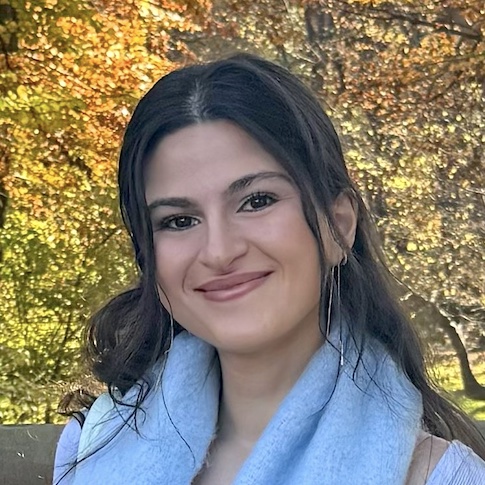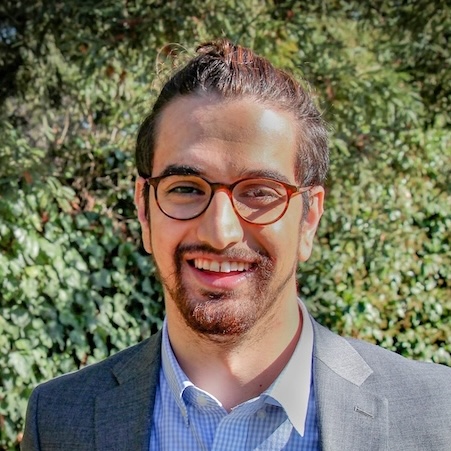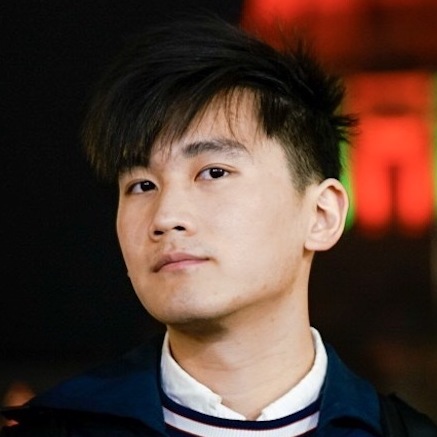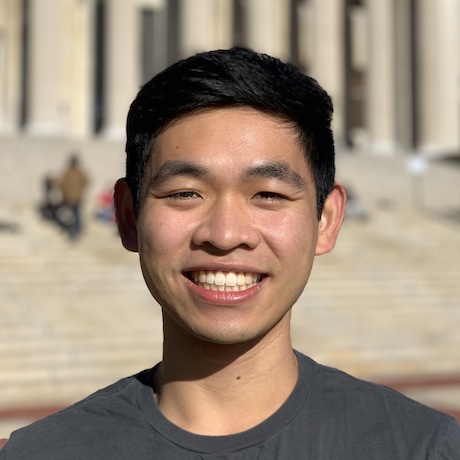Group Members

Timothy Berkelbach
Principal Investigator
Postdoc, Princeton University (2014-2016)
Ph.D. Columbia University (2014)
B.A. NYU (2009)
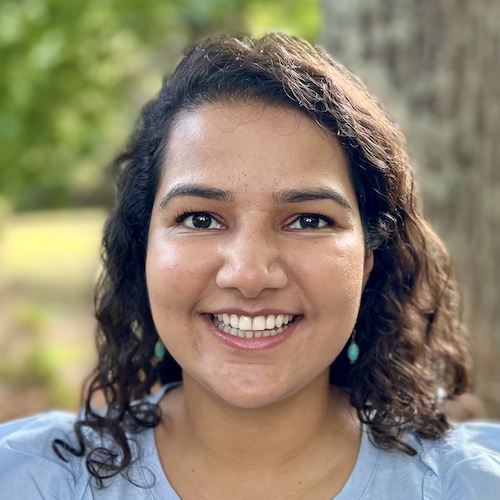
Dipti Jasrasaria
Postdoctoral Researcher
Ph.D. UC Berkeley (2022)
M.Phil. University of Cambridge (2017)
A.B. Harvard University (2016)
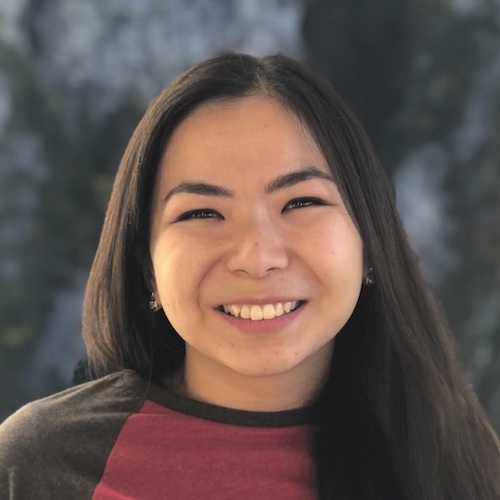
Arailym Kairalapova
Postdoctoral Researcher
Ph.D. University of Pittsburgh (2020)
B.S. Nazarbayev University (2015)
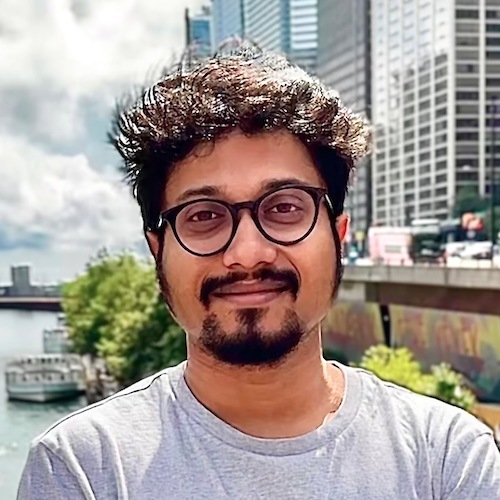
Sohang Kundu
Postdoctoral Researcher
Ph.D. UIUC (2023)
M.Sc. IIT Bombay (2017)
B.Sc. Presidency University, Kolkata (2015)
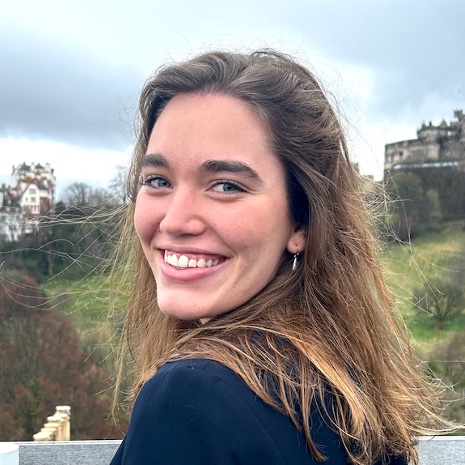
Eleanor Mackintosh
Graduate Student
M.Sc. University of Oxford (2023)
M.Ed. Harvard University (2022)
B.S. Davidson College (2021)
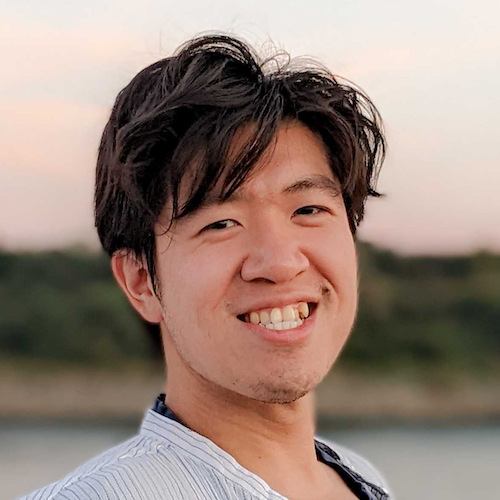
Henry Tran
Postdoctoral Researcher
Ph.D. MIT (2022)
M.Phil. University of Cambridge (2017)
B.S. Ohio State (2016)
LaToya Anderson
Visiting undergraduate student
2021
MIT Lincoln Lab Supercomputing Center
James Callahan
Graduate Student
2017-2022
Teacher, Newton North High School
Malte Lange
Graduate Student
2016-2021
Co-founder, Minoa
Verena Neufeld
Postdoctoral Researcher
2020-2023
Postdoc, Caltech
Shi-Ning Sun
Undergraduate Student
2017-2018
Nvidia
